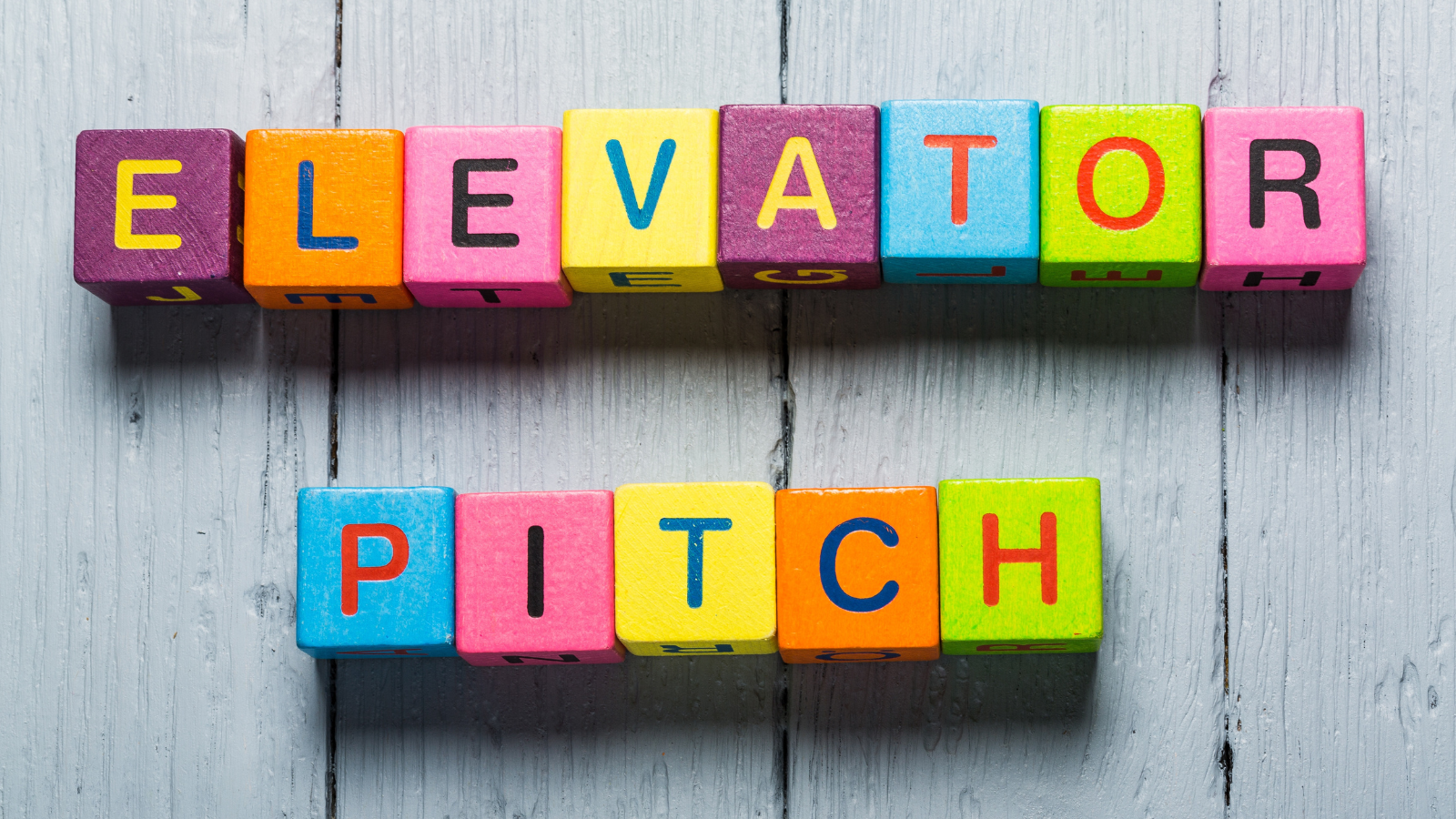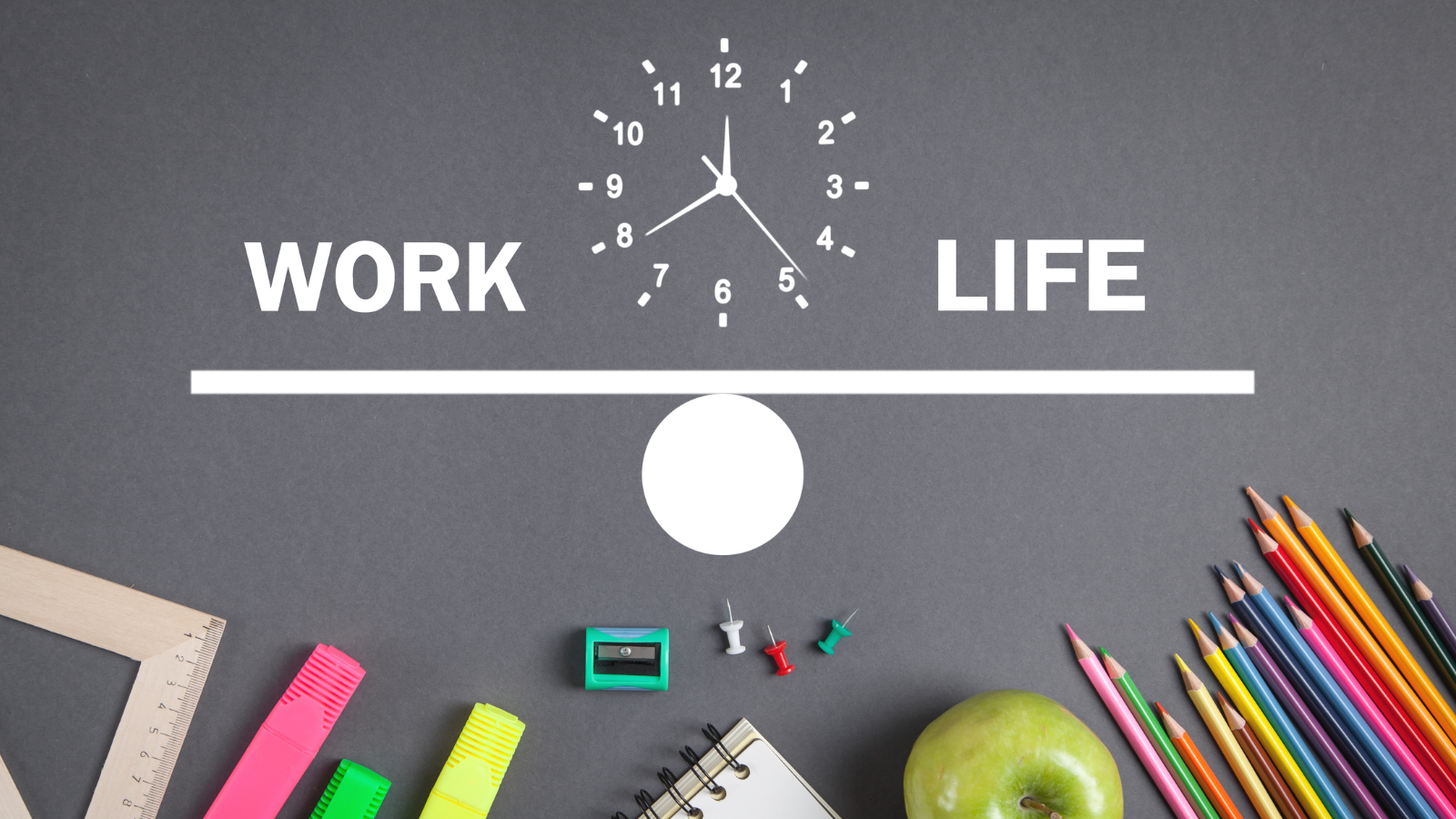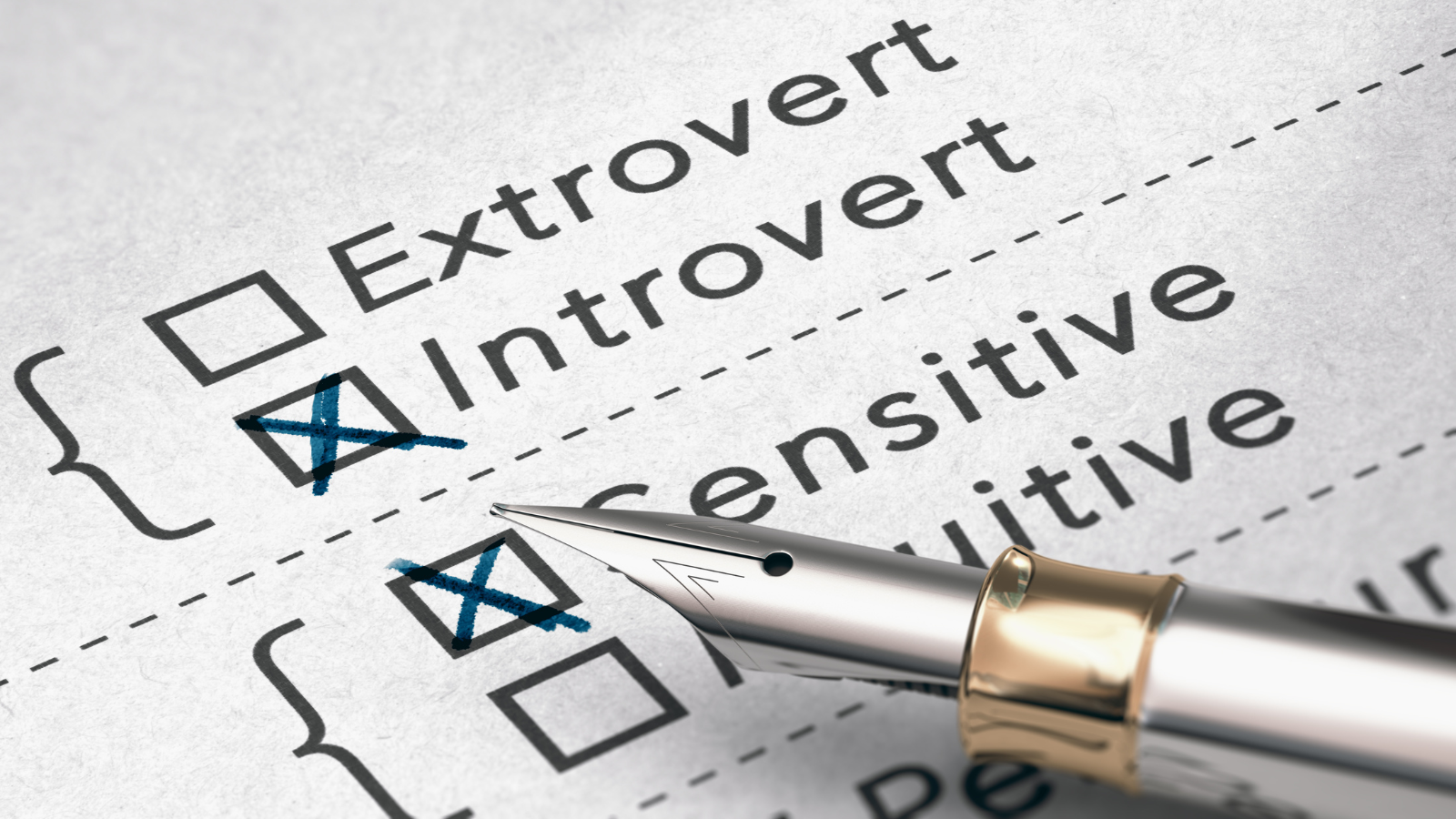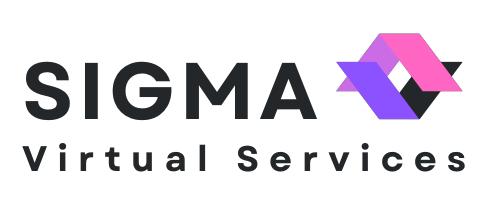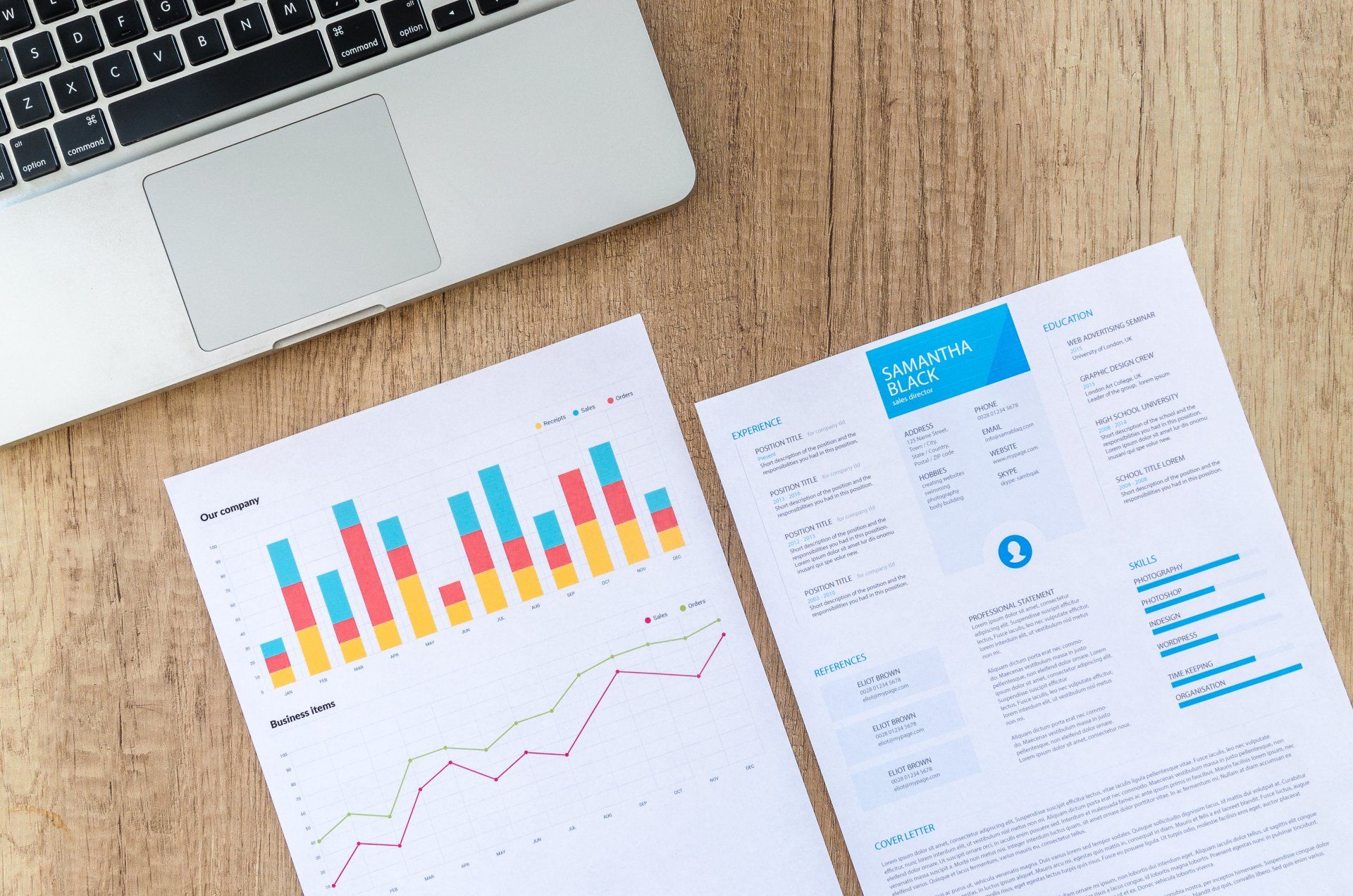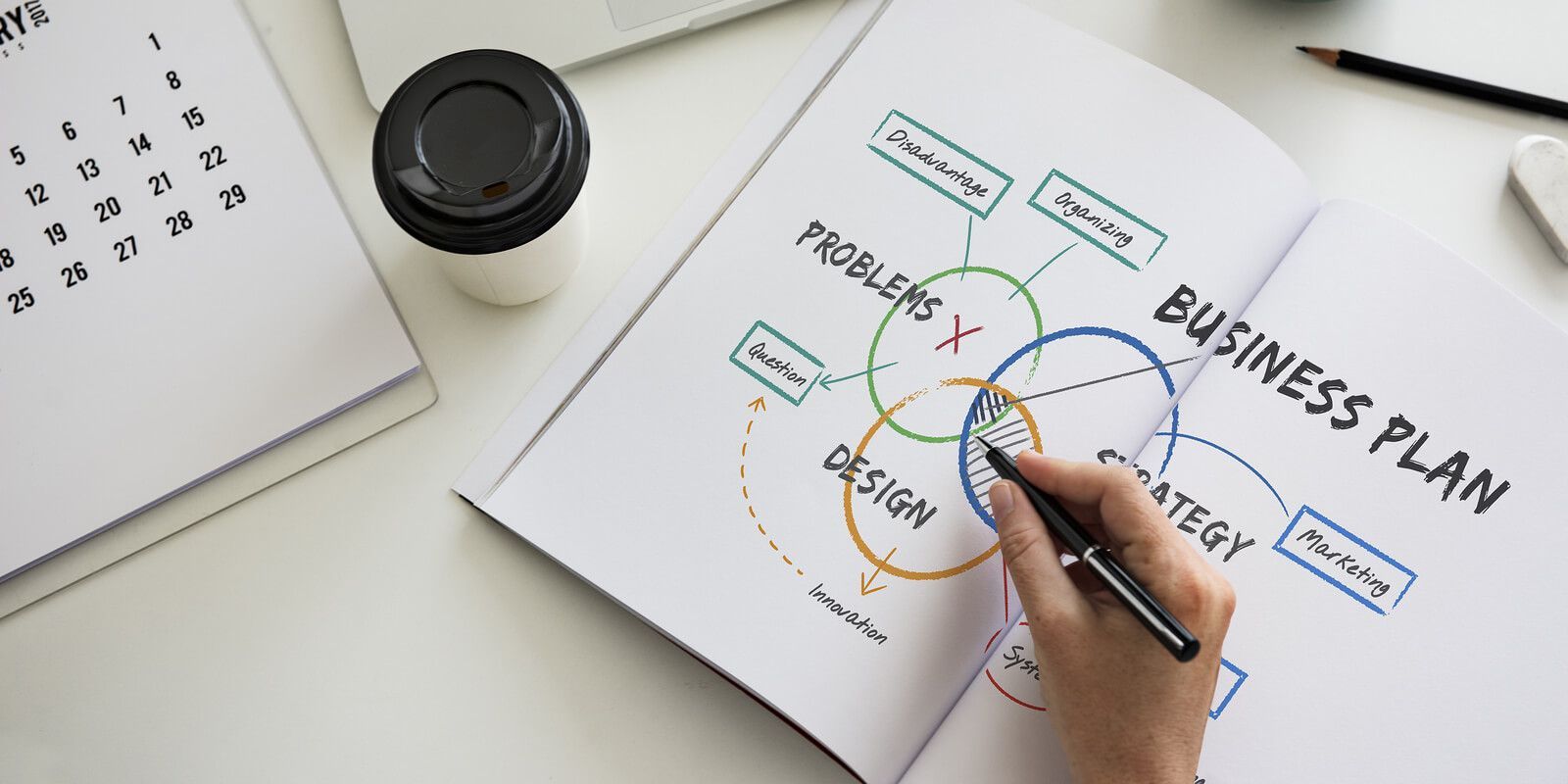Time Management Secrets Revealed: Discover the Game-Changing Methods That Will Skyrocket Your Productivity!
A report published in 2023 on time management statistics in the workplace suggests that companies, on average, spend around 16 days a year searching for paper documents, senior management spends around 23 hours per week in meetings, and an average employee procrastinates on average 2 hours and 11 minutes per day. I think those statistics clearly suggest that we all could use time management methods to increase our productivity and make the most of our precious time.
Here are some of the most common types of time management methods:
Pomodoro Technique:
The Pomodoro Technique is a time management method that involves breaking work into intervals, usually 25 minutes long, separated by short breaks. After four Pomodoro periods, a more extended break of around 20-30 minutes is taken. This method helps to improve focus, prevent burnout, and increase productivity. You can learn more about the Pomodoro technique here.
Eisenhower Matrix:
The Eisenhower Matrix, also known as the Urgent-Important Matrix, is a method of prioritising tasks based on their level of urgency and importance. Every task is categorised into four quadrants: urgent and important, important but not urgent, urgent but not important, and neither urgent nor important. By using this technique, you can be sure that the most important tasks are given priority, and you will never miss a deadline again.
Getting Things Done (GTD):
The GTD method, developed by productivity expert David Allen, redefines your work and life approach. GTD is based on the idea that the mind should be used for creative thinking rather than task management. This method involves collecting all tasks and ideas in a system, breaking them down into actionable steps, and then organising and prioritising them. This method helps to reduce stress, increase productivity, and ensure that nothing falls through the cracks.
Time Blocking:
Time blocking involves scheduling every part of your day into specific blocks of time for different tasks or activities. For example, you will schedule a block of time for checking emails, working on projects or taking breaks. This method helps to ensure that important tasks are given priority and that distractions are minimised.
Eat the Frog:
The Eat the Frog method is based on the idea of completing the most challenging and unpleasant first thing in the morning. Firstly, you identify the task (the frog), and secondly, you complete the task (eat the frog). It is proven that completing the most complex task first makes you more likely to stay motivated and productive throughout the rest of the day.
The 80/20 Rule:
The 80/20 Rule, also known as the Pareto Principle, states that 80% of results come from 20% of efforts. According to this method, you should focus on the task most likely to produce the most significant outcome. Therefore, if you feel overwhelmed or short on time, this method might be just what you need.
ABC Method:
The ABC Method involves categorising tasks into three categories: A, B, and C. Tasks labelled as A are most important and urgent, tasks labelled as B are important but not urgent and tasks labelled as C are less important and can be done at a later time.
This method helps to ensure that you give more attention to important tasks and do not get distracted by less important matters.
Kanban Method:
The Kanban Method is a visual system for managing tasks and workflow. It involves using a board or chart to visualise the status of tasks, such as to-do, in progress, and completed. This method helps to increase transparency, reduce bottlenecks, and improve efficiency. Many time management apps like Monday.com, Trello or Asana provide Kanban-style templates to stay more productive while working.
As you can see, there are many different time management methods to choose from, and the most effective method will depend on your individual preferences, work style, and goals. You might want to try out a few of them and find the most suitable approach for you. My favourites are the Pomodoro Technique and the 80/20 Rule combined together. The first one offers small bursts of productivity sessions followed by short breaks. And the other ensures that I focus on the essential tasks to generate the most prominent outcome.
